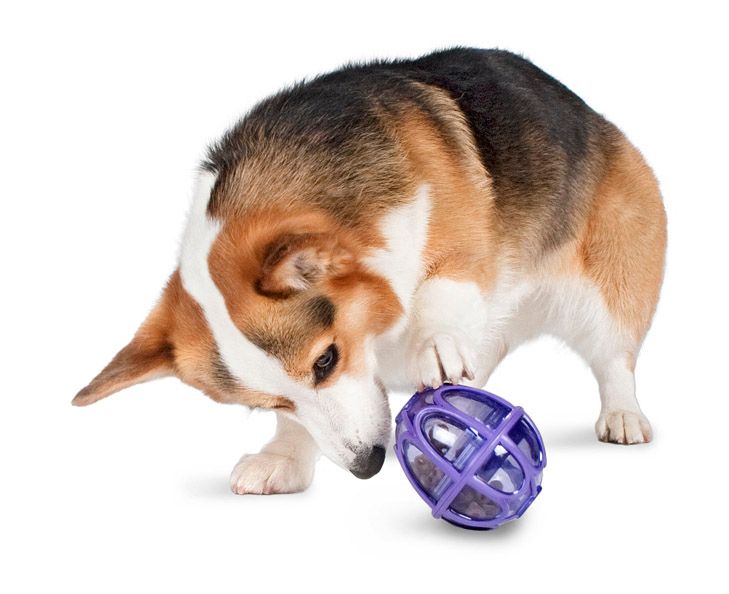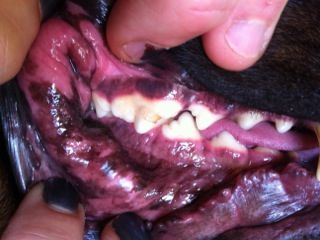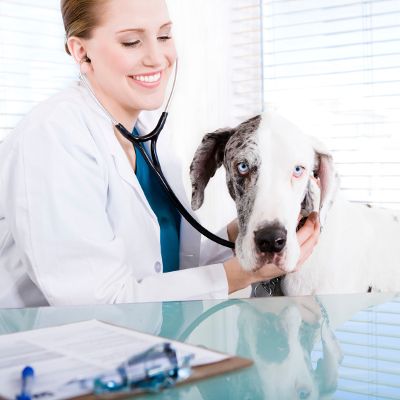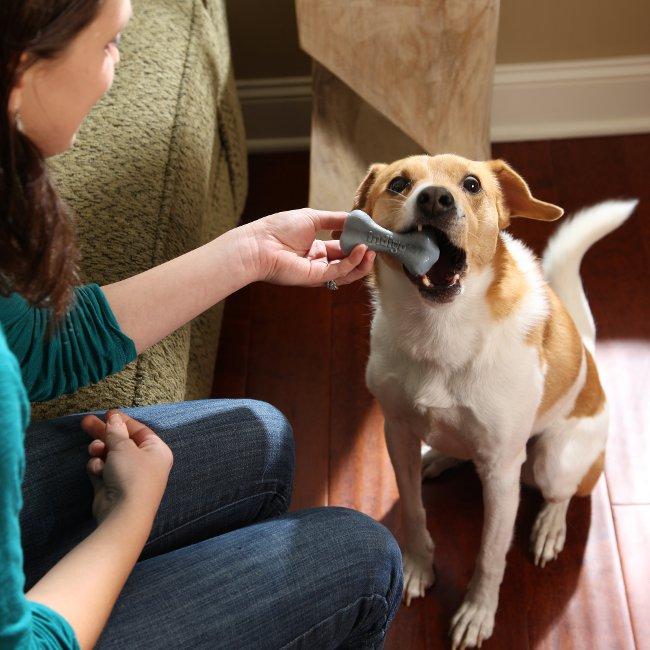Smaller Mouths in Smaller Breeds

There are a number of factors contributing to dental disease, but the one that seems to be most influential is size - the smaller the dog, whether purebred or mixed, the greater the chances of dental disease.
The theory is that as dogs' sizes were reduced, especially with toy and teacup breeds, the bones were reduced in size but the teeth were not. Therefore, small dogs' teeth tend to be more crowded or misaligned and have more surfaces that are touching, resulting in bacteria being trapped in the tight crevices.
Smushed Faces Means Crowded Teeth

The same goes for dogs with brachycephalic head and mouth shapes: think pugs or English bulldogs. These breeds have cute, compressed heads with short, stubby noses. This also means that their teeth are closer together. If your dog is brachycephalic, keep an eye out for misalignment problems and plaque.
Watch for Tough Chewers
Although small dogs more frequently get plaque, gingivitis, and periodontitis, dogs of any size can develop dental disease. In fact, large dogs more frequently break or loose teeth from chewing too much or too hard on chew toys.
Does Your Senior Dog Need Dentures?

Age is another factor to consider. Unfortunately, 80% of dogs who are 3 years old have dental disease. As they age, that percentage rises.
Something else to keep in mind is that in addition to those beautiful teeth, your dog's mouth is filled with blood vessels, and blood travels all throughout the body. So problems in other parts of the body can actually travel to the mouth and manifest themselves as dental disease. It works the other way, too. Dogs with ongoing dental disease are at much higher risk for other health problems.
Diet Is Key

Believe it or not, how your dog eats can make a big difference too. One more great reason to use feeder toys is that dogs who chew their food instead of gulping it have fewer dental problems.
Doggy diet makes a difference as well. Your dog needs foods containing meat, vegetables, fruits and grain that soft, canned foods often lack. We thrive and have healthy teeth when we get the right nutrition, and the same goes for our dogs!
Breeds with Bad Teeth
Now, keeping in mind the other factors at play, check out this list of breeds from Banfield Hospital that are more prone to dental issues.
-
 Cavalier King Charles Spaniel
Cavalier King Charles Spaniel - Chihuahua
- Dachshund
- Havanese
- Maltese
- Papillon
- Pomeranian
- Shetland sheepdog
- Standard poodle
- Toy poodle
- Yorkshire terrier
We all want our dogs to be healthy. But here's how issues progress when not treated properly.
- Plaque deposits - that's a sticky film composed of food particles and bacteria above and below the gum line
- Tartar - hardened plaque, eww!
- Gingivitis - inflamed gums, poor dog
- Periodontitis - you don't even want to know but... it's a bacterial infection that causes irreversible damage to teeth, gums, surrounding structures, and jawbone

If you notice any of these symptoms, make sure to consult with your vet:
- Loose or missing teeth or baby teeth that don't fall out
- Unusually bad breath
- Difficulty chewing or eating
- Excessive drooling
- Red or bleeding gums or pus around teeth
- Not allowing mouth to be touched or pawing at the mouth
- Swollen area, especially below the eyes
- Tilting of the head
Since our dogs cannot brush their own teeth, follow your veterinarian's suggestions and be proactive with these dental health tips.

- Brush your dog's teeth as often as possible.
- Apply topical medications with your vet's okay.
- Get regular dental checkups.
- Give your dog chew toys that are semi-hard or hard such as nylon.
- Put dental additives in your dog's water with your vet's okay.
Prevention is the key. It will save your dog from the physical pain of dental disease, and save you from the monetary pain of paying for it!








